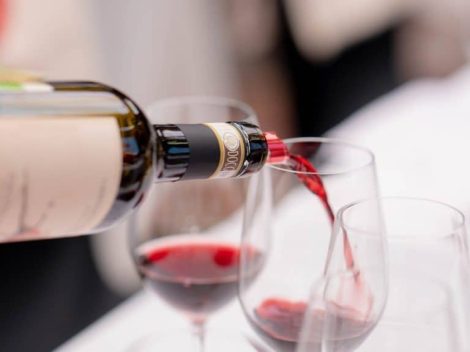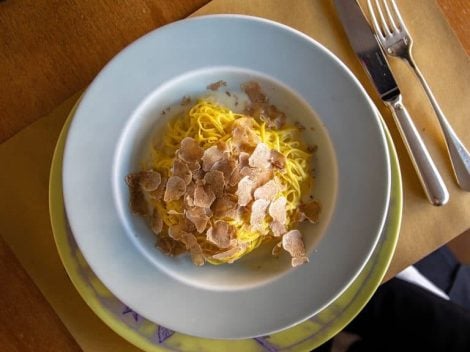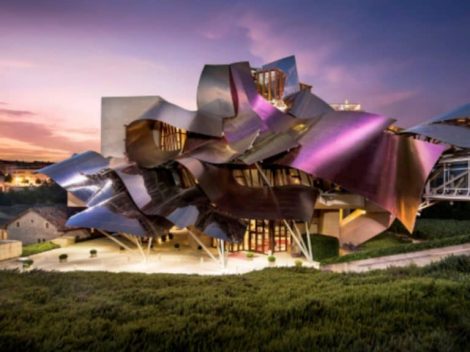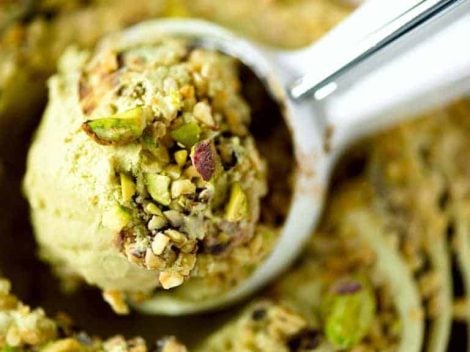Italian pasta shapes
Pasta is the quintessence of Italian cuisine. Each region has its own special shape, from stuffed ravioli to fresh pasta simply made with water and flour. Here are all the different Italian pasta shapes to try.
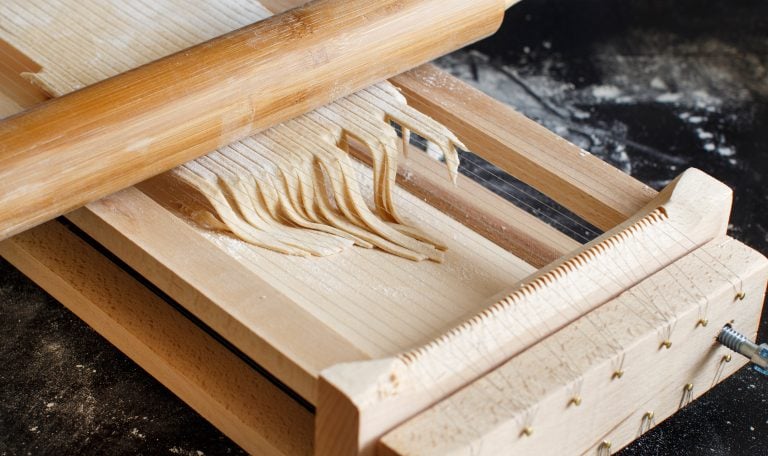
Spaghetti alla chitarra - Abruzzo
A pasta that is prepared with a particular instrument: the chitarra (guitar), a beech wood frame with parallel steel wires stretched down the length. The yolk-based dough sheets are rolled out not too thinly, then placed on the guitar "strings" and pressed through with a rolling pin. In this way, spaghetti with a square section, about 30 centimetres long, are obtained, generally dressed with sheep ragout or gravy and "pallottine" (small meatballs).
Orecchiette - Puglia
Orecchiette, a water and flour pasta typically dressed with turnip tops, flagship of Puglia food production, dates back to the period between the 12th and 13th centuries. Each piece of dough is dragged onto the pastry board with the tip of the finger, until the typical concave shape is obtained, perfect for accommodating the richest sauces.
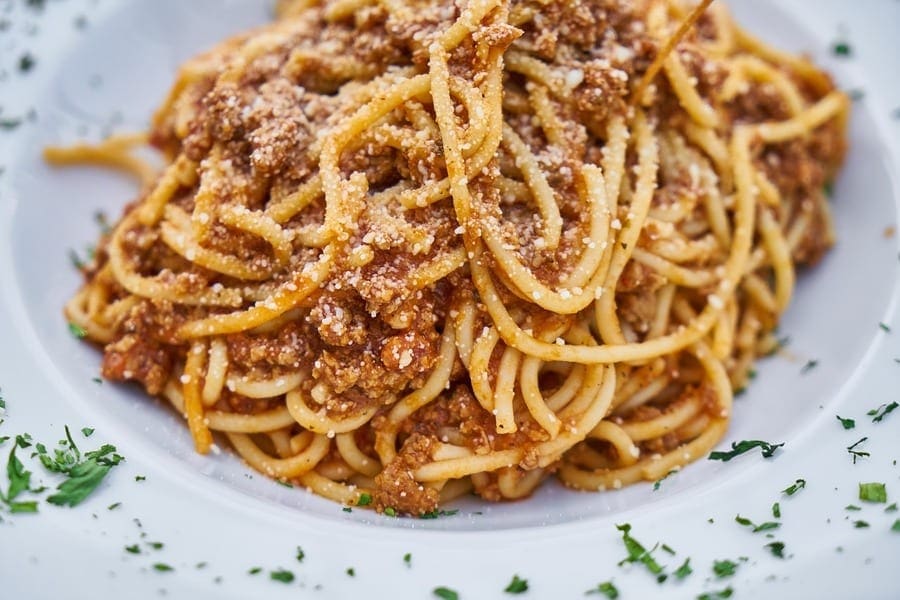
Bigoli - Veneto
A sort of spaghetti very often made with water and flour, with a rough consistency and prepared with the traditional bigolaro, a press with a bronze die created by Bartolomio Veronese, a master pasta maker from Padua. The name derives from the dialectal term bigàt for caterpillar, due to its shape. Bigoli are typically served with duck or goose ragù, or tomato sauce.
Busiate - Sicily
A type of noodle made of water and flour, crafted by placing dough strips on a special knitting type needle, then rolled up on a pastry board. Busiate are like perforated spaghetti, a pasta shape of ancient origin that was already present since the year 1000. The name derives from the Arabic bus, which indicates the thin reed that grows in meadows, and which recalls the elongated shape.
Malloreddus – Sardinia
The term malloreddus is the diminutive of malleolus, the Latin name used to indicate a type of gnocchi, in this case smaller. The shape of this Sardinian pasta made with water, flour and salt is reminiscent of a small seashell. The pasta is typically dressed with the most delicious sauces depending on the occasion. It is a traditional holiday dish, as a matter of fact, an ancient Sardinian ritual has the future bride crossing the town wearing a typical costume and carrying a basket of malloreddus for the guests invited to the engagement party.
Foglietti – Marche
A typical preparation of the Jewish community of Ancona, among the oldest in Italy. These are the foglietti, yolk-based noodles initially toasted in the oven, and then plunged in boiling water for cooking. They are often served in broth, but can also be eaten like regular pasta with local sauces.
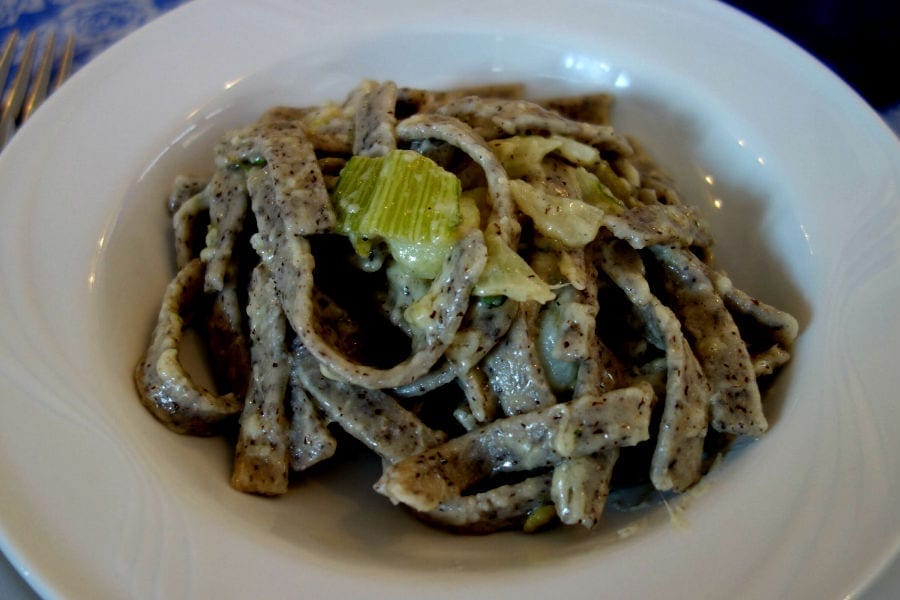
Pizzoccheri – Lombardy
Typical of Valtellina, pizzoccheri are a sort of thicker tagliatelle made with buckwheat flour, 00 flour and water. They are traditionally boiled along with potatoes, cabbage and dressed with melted butter and cheese. A particularity of this pasta lies in the use of buckwheat, a grain which has more easily adapted to poor and mountainous soils.
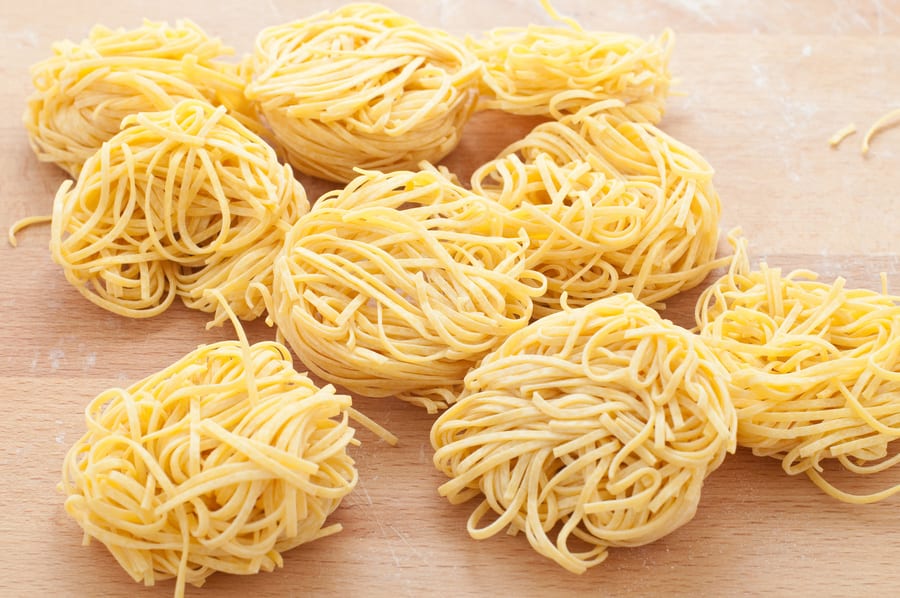
Tajarin – Piemonte
One of the best-known pastas of Piemonte cuisine is undoubtedly tajarin, thin long tagliolini characterised by a bright yellow colour due to the abundant presence of egg yolks. Widespread especially in the Langhe area, tajarin are one of the symbolic dishes of the region: a yolk-based pasta sometimes added with olive oil, made with 20 egg yolks for 1 kilogram of flour.
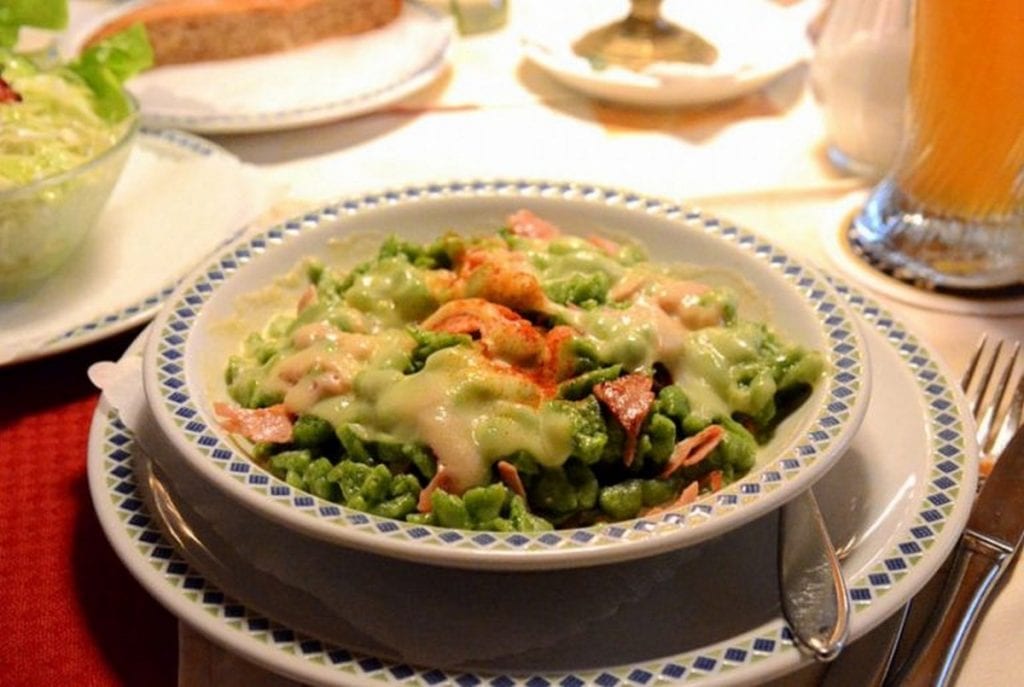
Spätzle – Trentino Alto Adige
The famous gnocchi hailing from Lower Germany are also widespread in Switzerland, France, Tyrol and Trentino. Usually served with game dishes, they can also be eaten in soup. It is a mixture of wheat flour, buckwheat, water and eggs (to which milk is sometimes added). The mixture is dropped into broth or salted water through a special tool similar to a flat grater, which gives the typical shape to the pasta.
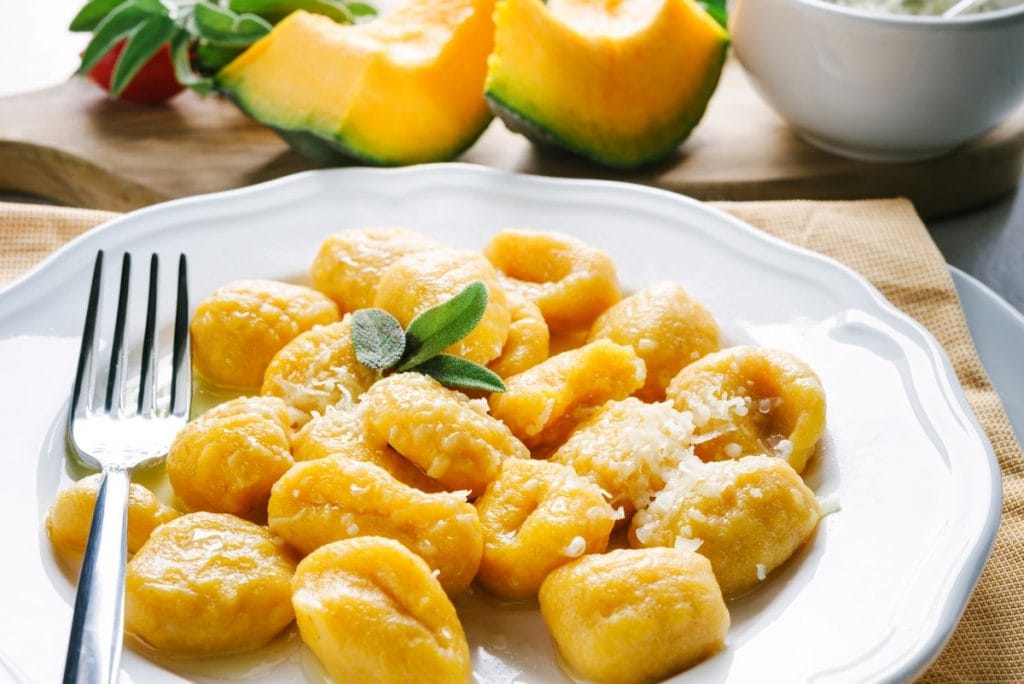
Pumpkin gnocchi – Friuli-Venezia Giulia
Before the advent of potatoes, pumpkin dominated the scene of fresh pasta. A perfect vegetable in terms of consistency and shelf life. In Friuli-Venezia Giulia, as well as in Piemonte, soft gnocchi are prepared with pumpkin, eggs and flour, then dressed with butter and sage for a simple but delicious pasta course.
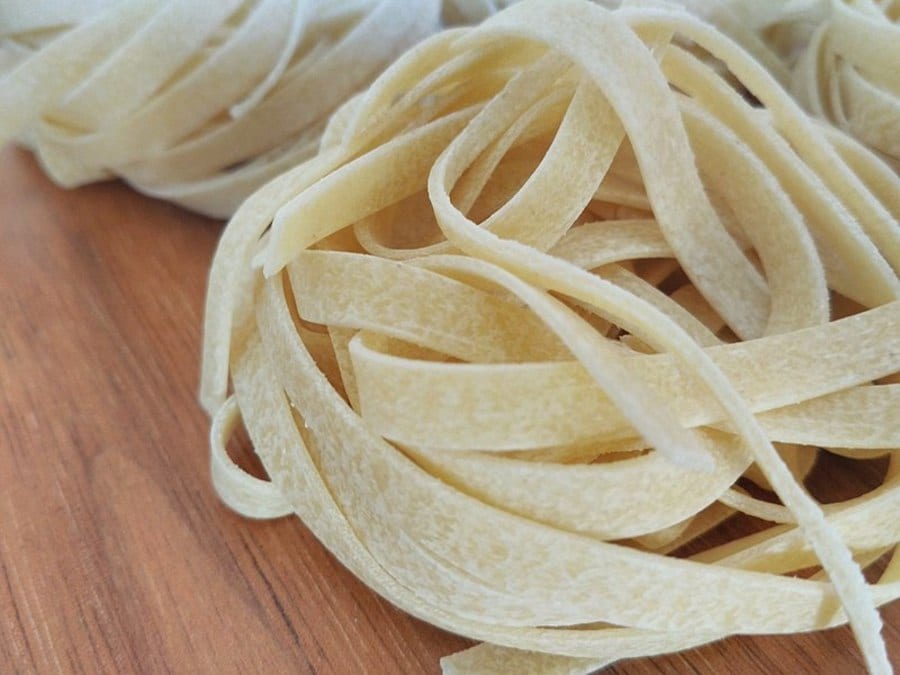
Tagliatelle – Emilia-Romagna
An iconic pasta of the Emilia tradition, tagliatelle has long been widespread throughout Italy. Legend has it that it was Zafirano (or Zaffirino), the cook at the court of Giovanni II Bentivoglio, who invented them on the occasion of Lucrezia Borgia's visit to Bologna, inspired by the woman's blonde hair. They are, in fact, long strips of yolk-based pasta, which go very well with meat sauces.
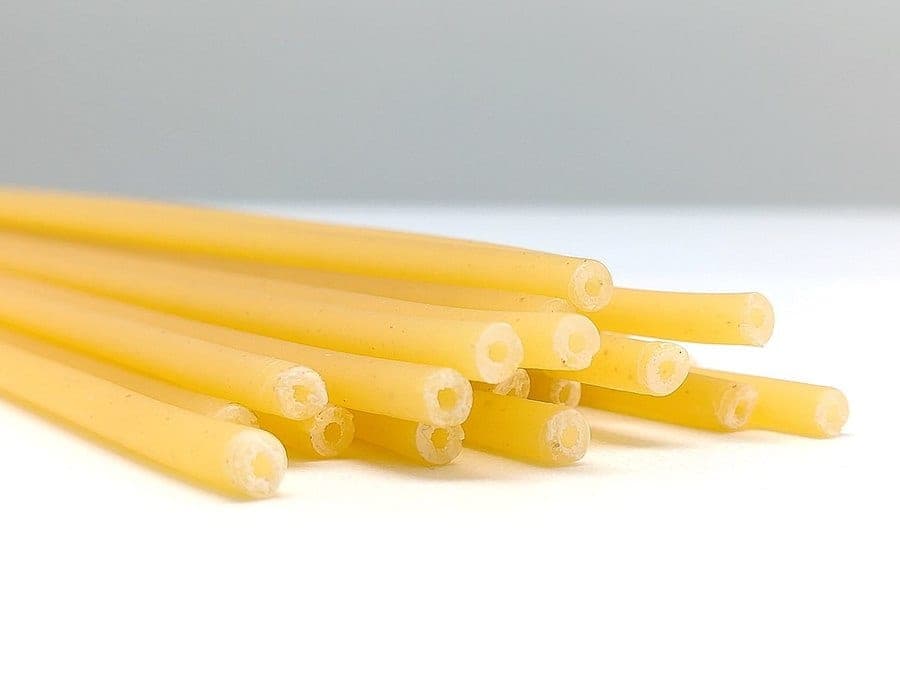
Bucatini – Lazio
It is one of the most representative pasta shapes of Lazio cuisine, immediately associated with the amatriciana sauce: the famous bucatini, thicker and hollow spaghetti, are an ancient product, perfect for rich sauces, meat ragùs with lots of tomato, and a nice dusting of grated pecorino cheese. There is a high risk of staining clothes, due to the splashes of sauce that inevitably splash out of the hollow core, but this too is part of tradition.
Cavatelli – Molise
Durum wheat semolina and water pasta with a characteristic elongated shape: cavatelli are made by hand by digging into buttons of dough with the pressure of the index and middle fingers. Cavatelli are usually dressed with ragù or pork-based sauces, or with vegetables such as mushrooms or broccoli.
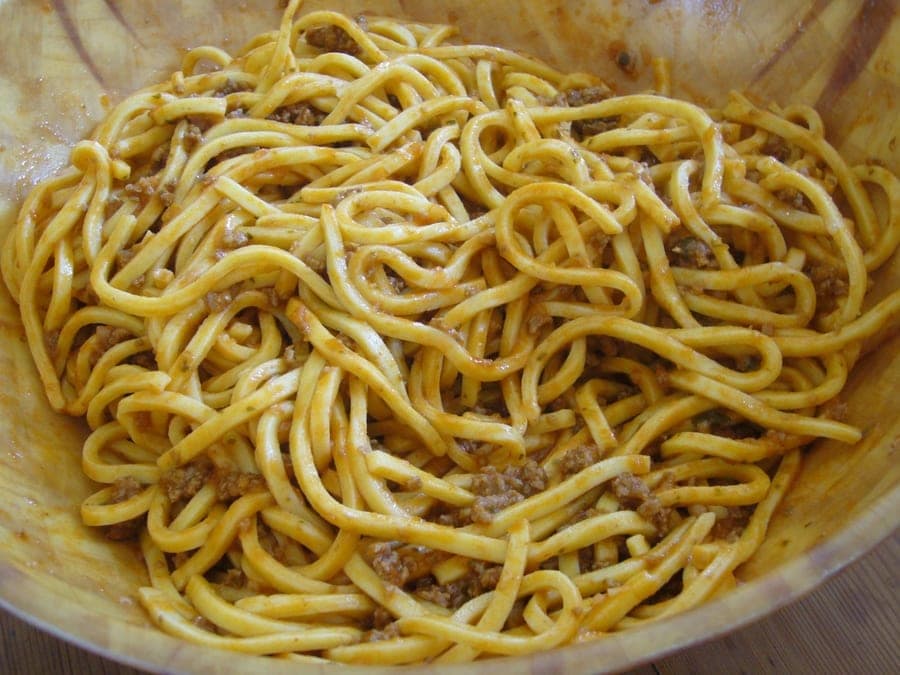
Pici – Tuscany
Water, flour, olive oil, salt: this is the mix of ingredients that gives life to pici, irregular thick spaghetti obtained from a rather coarse sheet, from which diamonds are obtained which are then rolled out on a pastry board, and finally hand-stretched to obtain thick and rough pasta strands.
Trenette – Liguria
One of the most famous pasta shapes of the region, perfect to eat with potatoes, green beans and pesto. Trenette are a pasta made with water and semolina in the past made with wholemeal and chestnut flour, cheaper than all purpose flour. Another combination is trenette with beans.
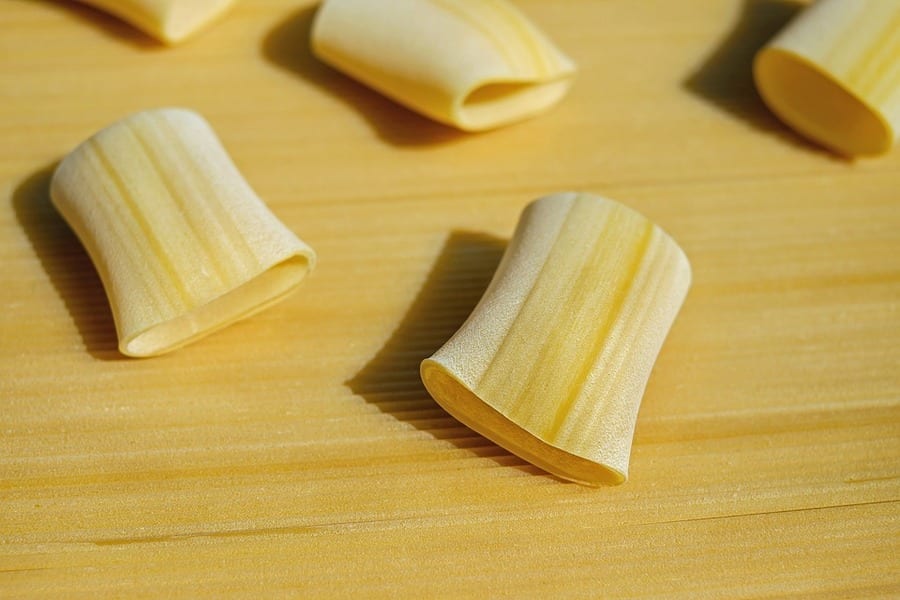
Paccheri – Campania
Paccaria in Neapolitan means "to slap", and it is precisely from this term that the name paccheri is born, a typical Neapolitan pasta shape so named for the noise it makes during mixing in the sauce, similar to the sound of someone's face being slapped. Once a dish of the poor, these large yet stubby tubes were very popular among less well-off peasant families, who in this way could fill up with little money, resorting to small quantities thanks to the large size of the pasta.
Strascinati – Calabria
Pasta that is obtained by "dragging" the dough with the finger, to obtain elongated and flattened pieces. A specialty also shared with Campania, Basilicata, Umbria and Puglia, which in Calabria is however made with rye flour.
Strangozzi – Umbria
A long pasta with a rectangular section born between Foligno and Spoleto, made with water and flour and cut into strips about 4 millimetres wide and 30 centimetres long, with purposely irregular, imprecise shapes. They go well with meat sauce.
Lagane – Basilicata
Lagane is a type of fresh pasta similar to tagliatelle, but thicker, wider and shorter: they are made with water, durum wheat flour and salt. They are widespread in various regions of southern Italy and are also known as sagne. In Basilicata they are served as chunky legume soups, especially chickpeas.
Chnéffléne – Valle d’Aosta
Small egg yolk and flour gnocchi, dressed with brown butter and onion or speck. They are the typical pasta of the Aosta Valley, precisely of the Gressoney valley, settled by the Walser, a population of Germanic origin.

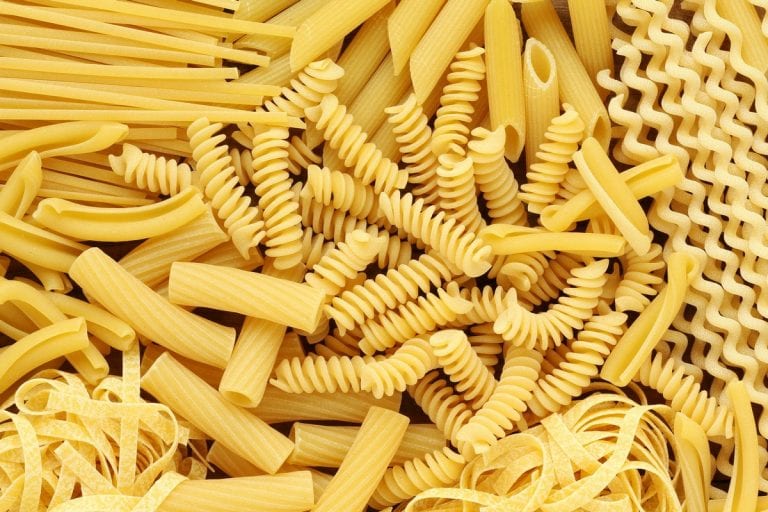
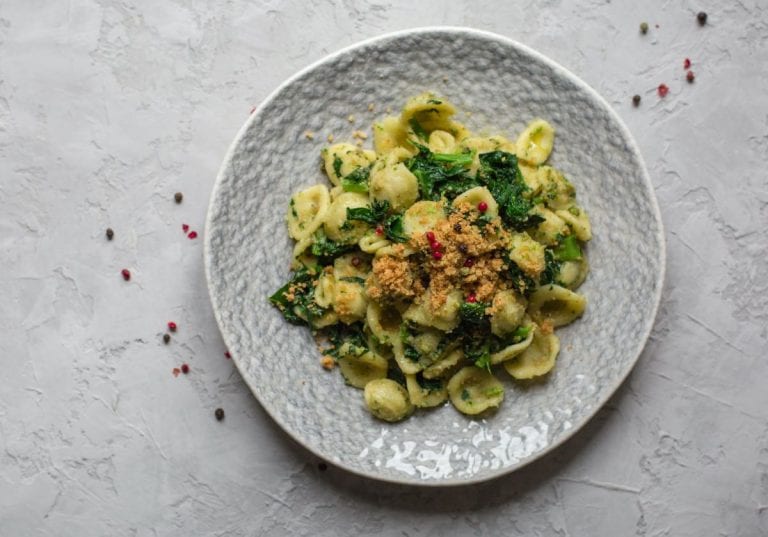
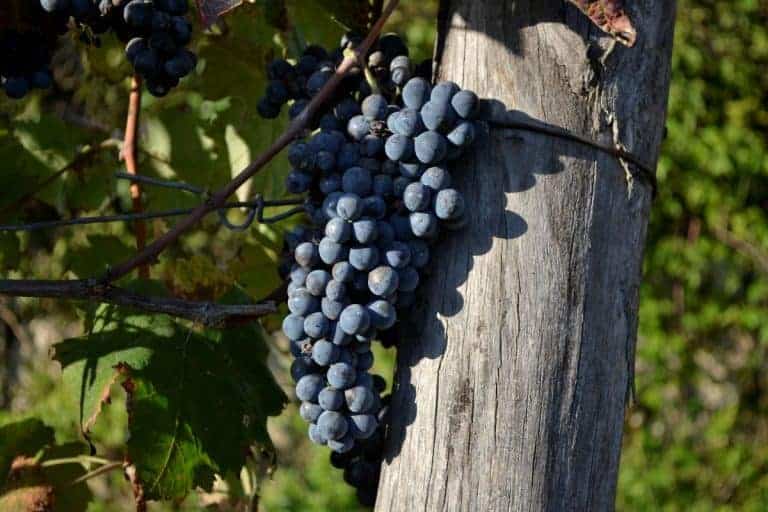 A forgotten native grape variety is reborn just a few kilometres from Rome. The story of the Giulia grape
A forgotten native grape variety is reborn just a few kilometres from Rome. The story of the Giulia grape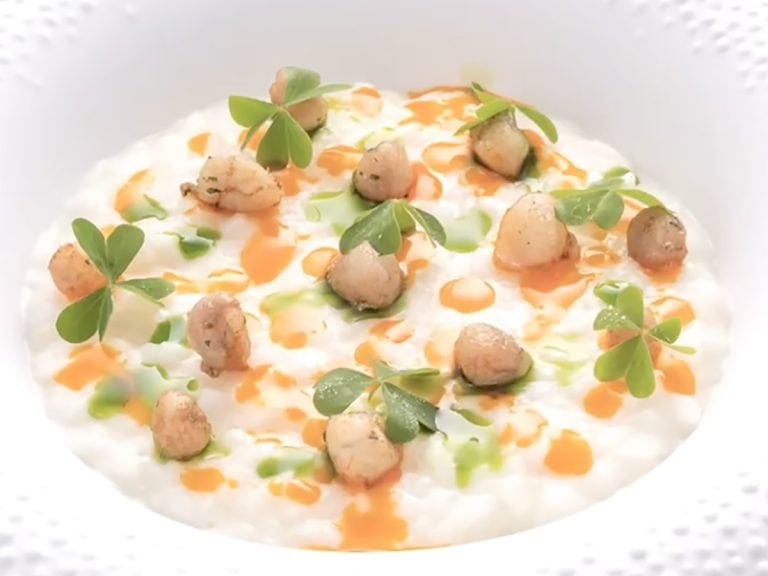 In Piedmont, creativity has the flavour of risotto with frogs. Here are the best places to enjoy it
In Piedmont, creativity has the flavour of risotto with frogs. Here are the best places to enjoy it Dear Carlo Petrini, the Langhe will never suffer the fate of Bordeaux (which, by the way, is doing better than people say)
Dear Carlo Petrini, the Langhe will never suffer the fate of Bordeaux (which, by the way, is doing better than people say)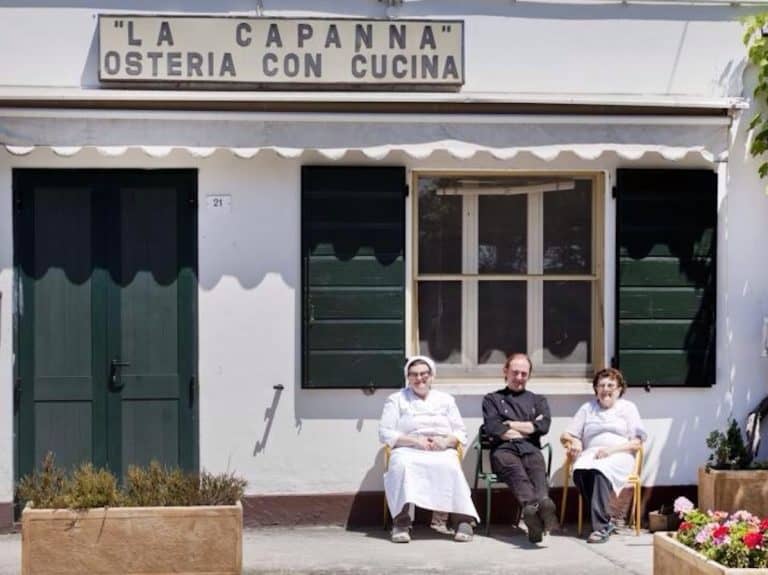 The hidden restaurant along the Po Delta that loses its star, where you can eat oysters, mantis shrimp, and amazing fish. For us, a place close to the heart
The hidden restaurant along the Po Delta that loses its star, where you can eat oysters, mantis shrimp, and amazing fish. For us, a place close to the heart With Trump’s return to the White House, Italian Agribusiness feels the heat
With Trump’s return to the White House, Italian Agribusiness feels the heat